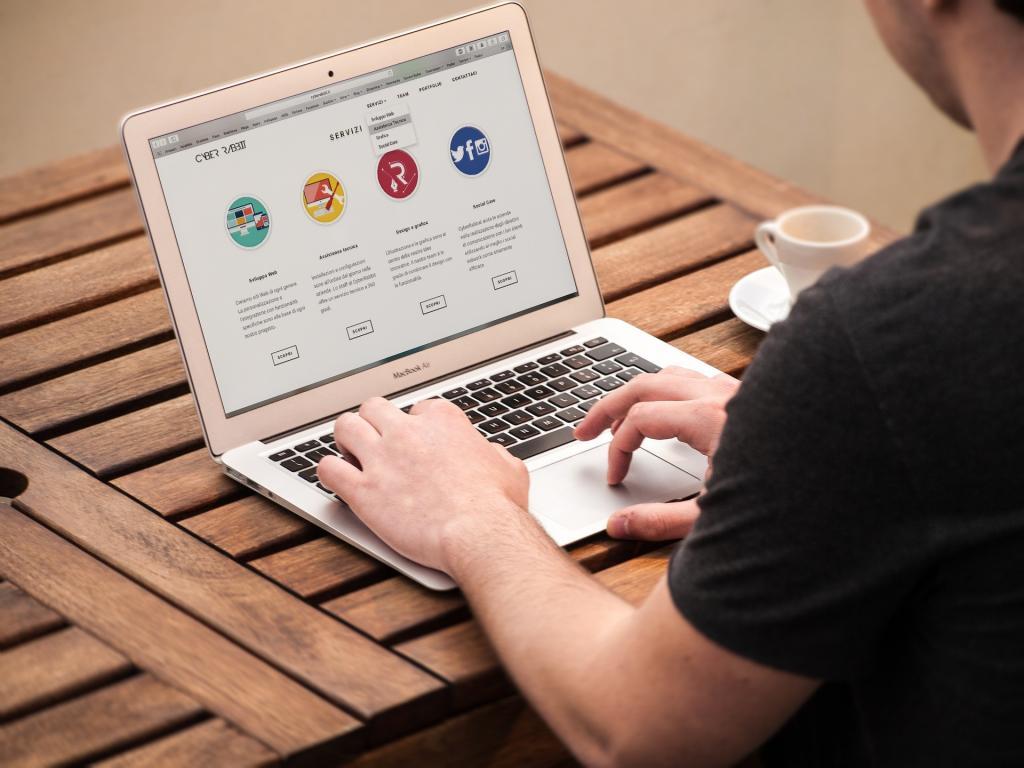Business
How to create a website

Follow this step-by-step guide to get started on building your very own website:
•Define Your Purpose and Goals Before diving into the technical aspects, clarify the purpose and goals of your website. Determine the type of content you want to showcase, identify your target audience, and outline the key functionalities you need.
•Choose a Platform Selecting the right platform is crucial. For beginners, user-friendly website builders like WordPress, Wix, Squarespace, or Shopify are recommended. These platforms offer templates, drag-and-drop functionality, and a wide range of customization options.
•Domain Name and Hosting Choose a domain name that reflects your brand or business. It should be catchy, memorable, and relevant to your content. Register your domain through a domain registrar, and then choose a reliable web hosting service to store your website files and make it accessible online.
•Design and Customize Select a template that aligns with your website’s theme and start customizing it. Add your logo, branding elements, and content. Ensure that your website is visually appealing, easy to navigate, and mobile-friendly.
•Content Creation Craft engaging and informative content that resonates with your audience. Use a mix of text, images, videos, and other multimedia elements to make your website visually appealing and dynamic.
•Add Functionality Integrate essential functionalities to enhance user experience. This may include contact forms, social media buttons, e-commerce features, and interactive elements like sliders and galleries.
•Search Engine Optimization (SEO) Optimize your website for search engines to improve its visibility and ranking. Use relevant keywords, create meta descriptions, and ensure your website loads quickly for better SEO performance.
•Test and Preview Before launching your website, thoroughly test it across different browsers and devices to ensure it looks and functions correctly. Preview your website to ensure everything is in place.
•Launch Your Website Once you are satisfied with the website’s design and functionality, it’s time to go live! Publish your website and make it accessible to the world.
•Regular Updates and Maintenance Websites require ongoing maintenance and updates. Keep your content fresh, update plugins, and monitor performance regularly to ensure your website remains secure and functional.





















